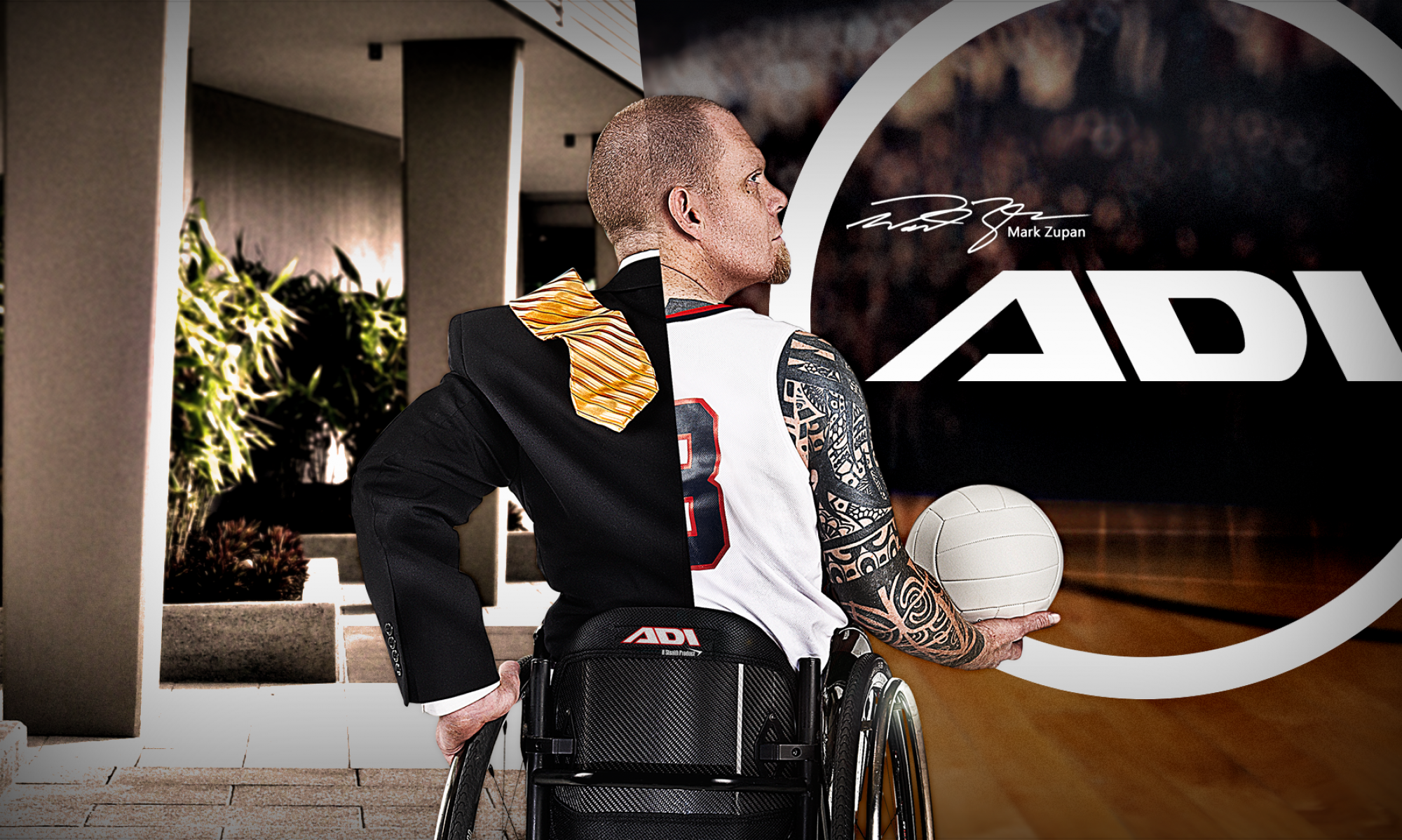-
asdfaas49 posted an update 3 years, 9 months ago
Milling Definition
What is milling? It's is a type of machining that uses cutters to shape a workpiece, often on a moveable tabletop, although some milling machines also feature movable cutters. Milling started out as a manual task performed by humans, but most milling these days is done by a CNC mill, which utilizes a computer to oversee the milling process. CNC milling offers higher precision, accuracy, and production rates, but there are still some situations when manual milling comes in useful. Manual milling, which requires a lot of technical skill and experience, offers shorter turnaround times. It also has the added benefit that manual mills are cheaper and the user doesn’t need to worry about programming the machine.
Overview of CNC Milling Process
Like most conventional mechanical CNC machining processes, the CNC milling process utilizes computerized controls to operate and manipulate machine tools which cut and shape stock material. In addition, the process follows the same basic production stages which all CNC machining processes do, including:
Designing a CAD model
Converting the CAD model into a CNC program
Setting up the CNC milling machine
Executing the milling operation
The CNC milling process begins with the creation of a 2D or 3D CAD part design. Then the completed design is exported to a CNC-compatible file format and converted by CAM software into a CNC machine program which dictates the actions of the machine and the movements of the tooling across the workpiece. Before the operator runs the CNC program, they prepare the CNC milling machine by affixing the workpiece to the machine’s work surface (i.e., worktable) or workholding device (e.g., vise), and attaching the milling tools to the machine spindle. The CNC milling process employs horizontal or vertical CNC-enabled milling machines—depending on the specifications and requirements of the milling application—and rotating multi-point (i.e., multi-toothed) cutting tools, such as mills and drills. When the machine is ready, the operator launches the program via the machine interface prompting the machine to execute the milling operation.
Once the CNC milling process is initiated, the machine begins rotating the cutting tool at speeds reaching up to thousands of RPM. Depending on the type of milling machine employed and the requirements of the milling application, as the tool cuts into the workpiece, the machine will perform one of the following actions to produce the necessary cuts on the workpiece:
Slowly feed the workpiece into the stationary, rotating tool
Move the tool across the stationary workpiece
Move both the tool and workpiece in relation to each other
About Dealer Hub Members
If you are logged in, you can see other members and select their link to send them requests or just start up a professional conversation. (This site will be monitored and any content deemed offensive or threatening will be removed.)

